The current state of human rights in Cambodia is illustrated in 1961’s latest exhibit ‘Documenting Cambodia’. Opening earlier this month, the gallery’s portraits take the viewer to parts of the country rarely seen…
In greased covered clothes, kneeling amongst his tool, the young boy in the photo looks more like my hard-working grandfather than the child he is. His hardened gaze meets me with resistance and I can’t help but wonder when was the last time this working boy laughed. His face refuses to give him away.
This was among my favourite pictures at the Documenting Cambodia photography exhibit at 1961, in Siem Reap. Running until April 30th, the exhibit highlights the state of human, social and environmental issues in Cambodia today.
Omar Havana’s picture of the young boy/mechanic was taken for his piece on child labour in Cambodia wasn’t the only compelling photograph to strike a cord with me.
Each of the seven photographers involved with the show — Erika Pineros, Thomas Cristofoletti, David Belluz, Meng Kimlong, Omar Havana, Sam Jam and George Nickels — paint vivid portraits of the issues they represent.
Evening shots of people with headlamps on mounds of city garbage make up Meng Kimlong’s piece Life in Rubbish Dump. She highlights the lives of those who spend their days rummaging through trash in order to make a living.
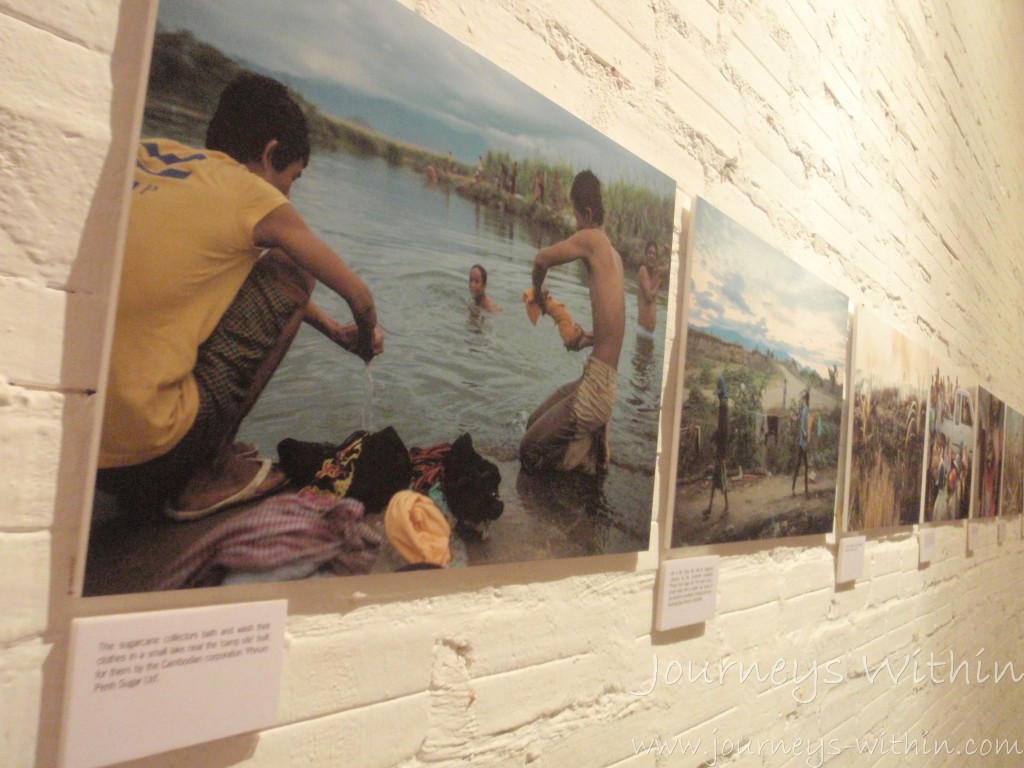
Blood Sugar by Thomas Christofoletti looks at the effect the sugar cane industry has on rural populations whose land has been seized. With no other economic drivers, the former subsistence farmers and their children work long hours, for little pay.
The exhibit also examines two other land rights issues.
David Belluz examines the People of Andong — the 7,000 Cambodians who were forcibly evicted from a city slum so their land could be sold to a real estate developer. They were relocated to an empty field 24km outside the city, where there were no homes, no fresh water and no sewage facilities. Belluz’s photos of life around the cracked culvert are a testament to strength and tenacity of the people who refuse to give up.
Erika Pineros’ exhibit, The Untitled, looks at the 2007 annexing of 133 hectares of land in Phnom Penh, including a large natural lake that was filled in. The land was eventually leased to a company owned by senator for the Cambodian Peoples Party, leaving 3,500 families out on the street.

The state of the current prison system and the long term effects of landmines — Pol Pot’s perfect soldiers — are among the other issued tackled by the talented photographers.
While the subject matter is complicated and at time daunting the photographs don’t dwell in the darkness.
The stunning photos are accompanied by brief biographies of the issues examined, making the exhibit as informative as it is visually appealing. A great introduction to those visitors looking to delve a little deeper into issues that shape the current Cambodia.

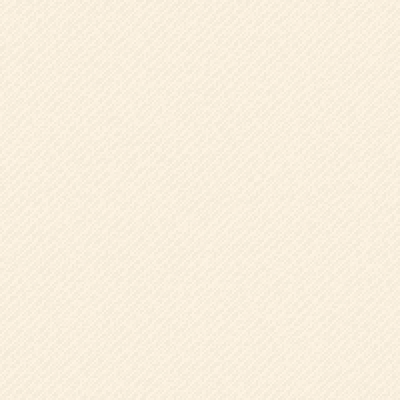
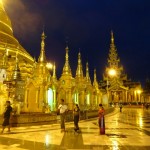
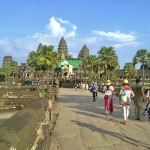
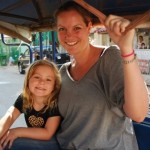
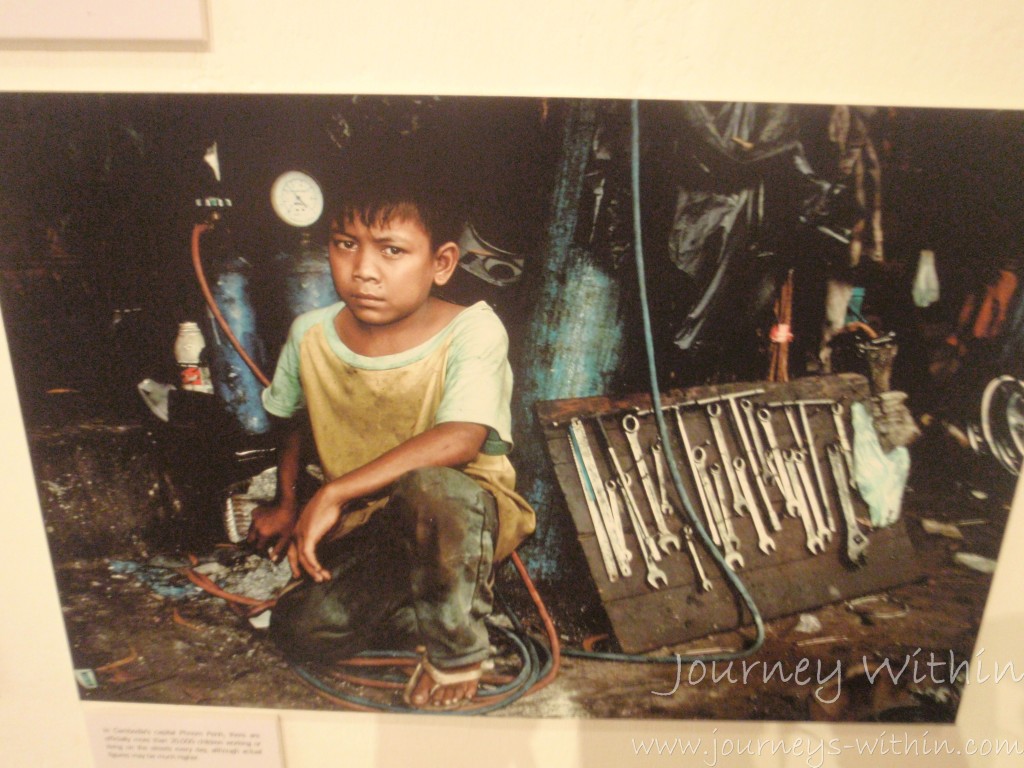
It is a sad commentary that all over the world, the poorest suffer the most and what makes it worse, it is usually at the hands of their fellow citizens.
The Christians believe the “meek shall inherit the earth. Maybe it is about time? Others says, they might but by that time, there won’t be anything left of it.
I think the Buddha got it right – life is full of suffering and always will be that way.
Also sad that foreigners are the ones helping the Cambodian poor more than their own government. The only hope is that there are separate places for both classes of them in their next lives and in the end, justice will prevail.
In the interim, life goes on, suffering goes on and we can only use the Buddhist philosophy of showing love, compassion, patience, and charity to those that deserve it.